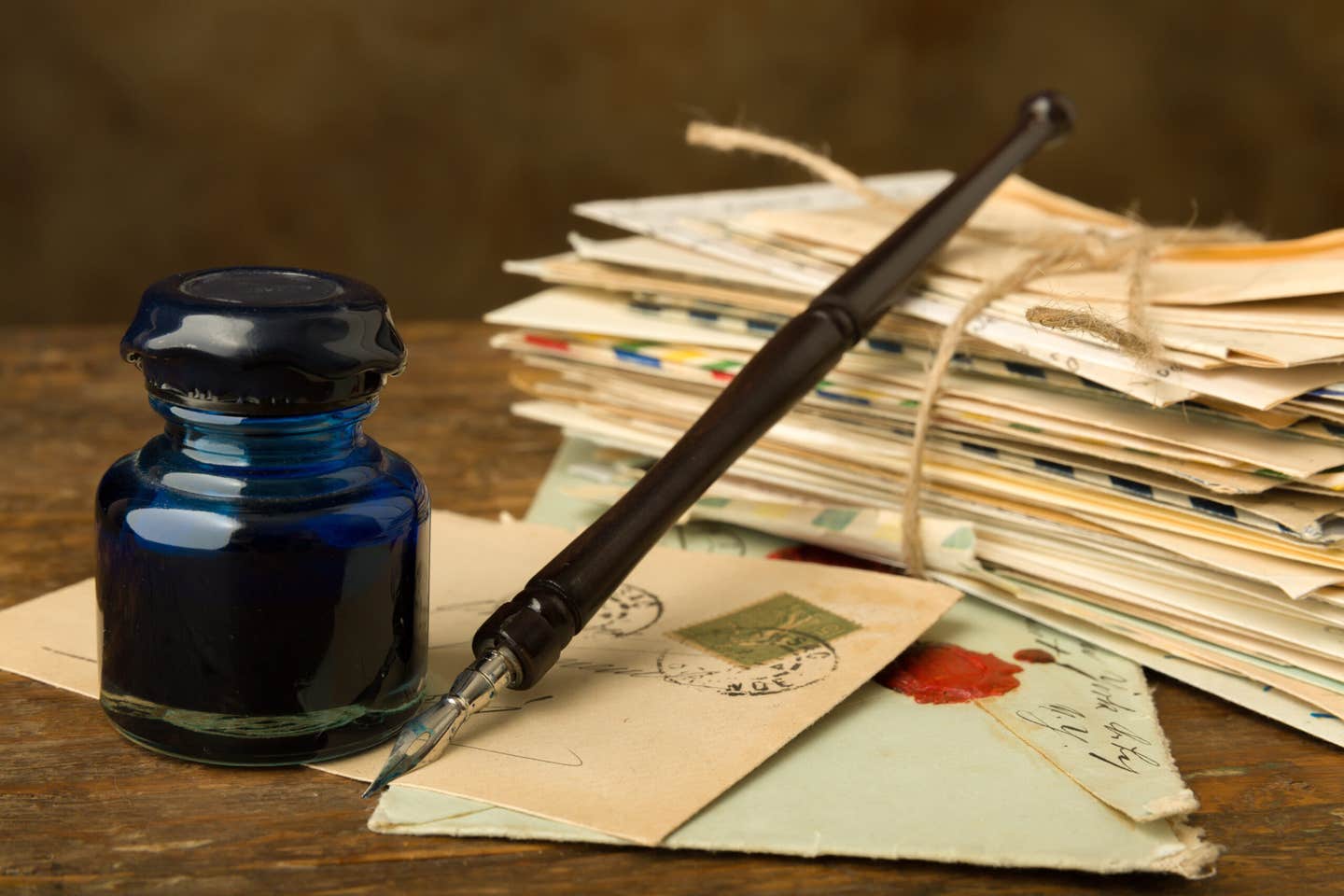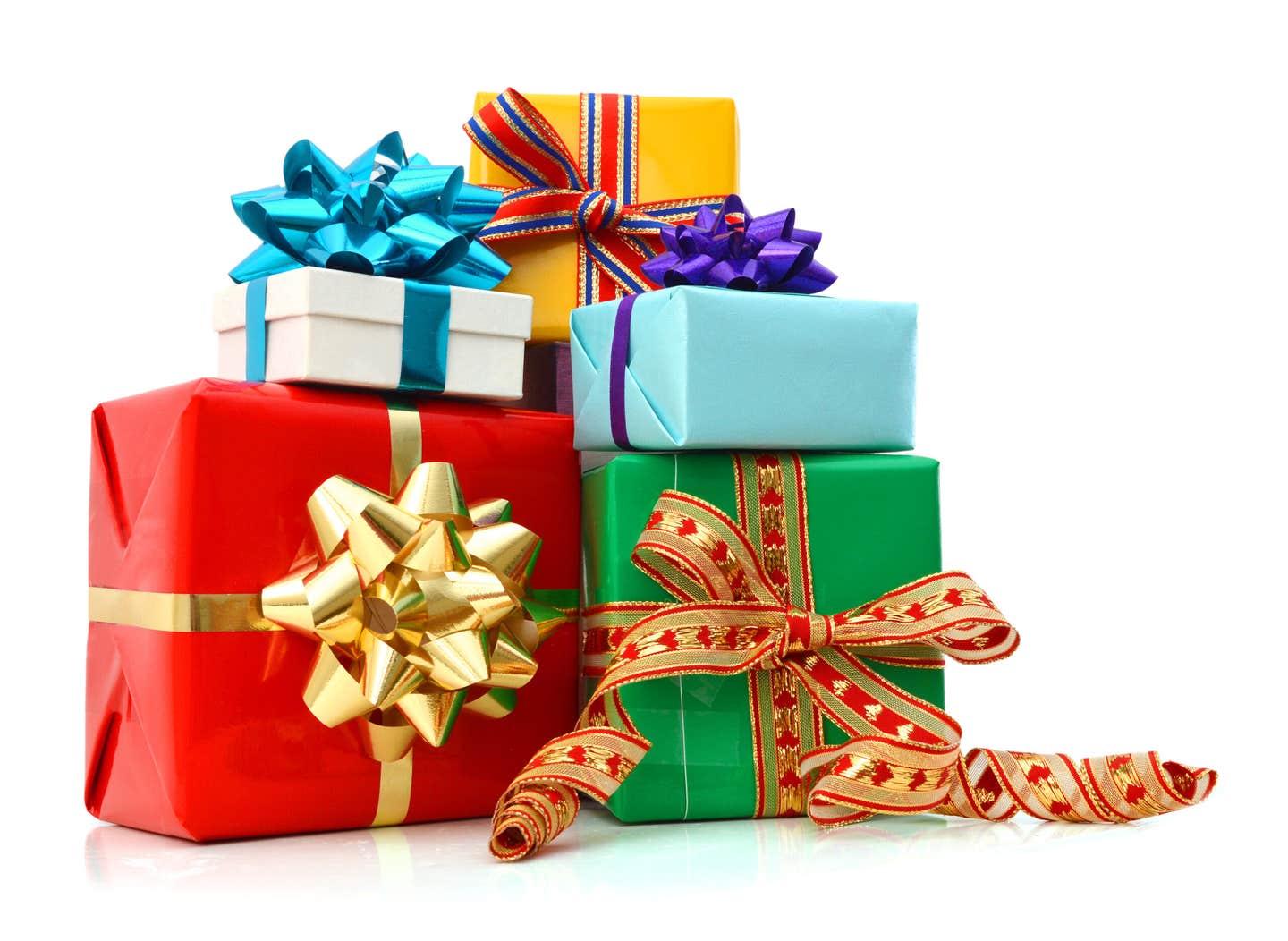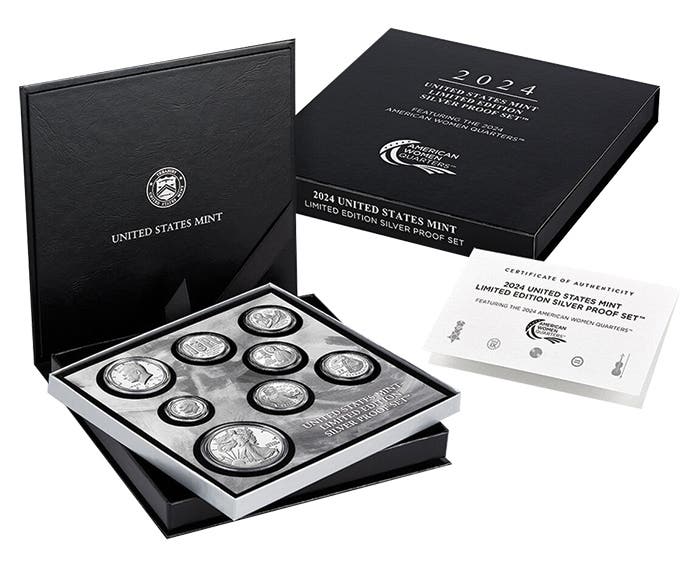Check for whizzing on silver dollar
How can I tell if a Morgan dollar has altered surfaces and is not prooflike? Examine the coin under significant magnification and good lighting. If the coin has been whizzed…
How can I tell if a Morgan dollar has altered surfaces and is not prooflike?
Examine the coin under significant magnification and good lighting. If the coin has been whizzed to improve the surface appearance, it will become obvious through minute hairlines.
How can I tell a proof from a prooflike Morgan silver dollar?
Any proof coin should have obviously squared rims, while a business strike coin (including prooflike Morgan dollars) will have a gently sloping rim. Proof Morgan dollars are significantly scarce. I would recommend only purchasing an example that has been certified as a proof through a well-recognized third party certification service.
Is it possible to collect a complete date and mintmark set of Morgan dollars in prooflike or Deep Mirror Prooflike (DMPL) condition?
Several Morgan dollars are either unknown or excessively rare with DMPL surfaces. This includes 1887/6-O, 1893, 1893-S, 1900-O/CC, 1902 and 1921-S coins.
I recently purchased a 2011 American Eagle in Proof-69. The reverse of the coin is rotated very noticeably to the human eye. Does the rotation increase the value of this coin?
A 1996 silver American Eagle graded Mint State-69 by Numismatic Guaranty Corporation with revere die rotation realized $715 on March 15 on eBay. The degree of rotation, as well as the scarcity of such an error, will determine its resale value.
Have any American Eagles been reported with rotation of the reverse?
That is the only die rotation silver American Eagle coin I was able to verify, but it is likely others exist.
I can understand brown copper spots appearing on gold coins, but why does some spotting appear to be red or orange? Are they the same thing?
Copper spotting on otherwise gold composition coins can appear to be brown, deep red, or orange depending on atmospheric conditions and the amount of oxidizing copper that is near the surface of the coin.
Shouldn’t gold coins be less desirable if they have spotting from copper oxidation?
Not necessarily. Eye appeal will vary from coin to coin. However there are experienced collectors who want “original skin” on their gold coins as well. This term suggests the coin has never been cleaned and retains its original orange-yellow mint glow. According to Numismatic Guaranty Corporation, “Only rarely is copper spotting or streaking such an issue that it affects a coin’s grade, and to the veteran collector of coins a few colorful blushes may be viewed as an asset.”
Can the original orange-yellow mint glow on a gold coin be faked?
Just as with copper and silver composition coins, once the original surface of a gold coin has been worn away or tampered with, there is no way to restore it to its original appearance.
Is it possible for a modern 0.9999 fine gold coin to develop copper spots?
The greater the purity of a gold coin, the less likelihood the coin can develop copper spotting.
I like your recent answer to “How can I tell if a coin has been weakly struck or if I am looking at wear?” The answer has to do with a break in luster, in an uncirculated coin, not high points on the coin. For circulated coins, does it matter?
A break in luster may help identify a borderline uncirculated from an uncirculated coin, but beyond that, the break in luster doesn’t matter.
E-mail inquiries only. Do not send letters in the mail. Send to Giedroyc@Bright.net. Because of space limitations, we are unable to publish all questions.
This article was originally printed in Numismatic News. >> Subscribe today.
More Collecting Resources
• If you enjoy reading about what inspires coin designs, you'll want to check out our Fascinating Facts, Mysteries & Myths about U.S. Coins eBook.
• Start becoming a coin collector today with this popular course, Coin Collecting 101.









